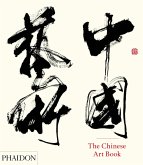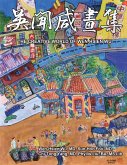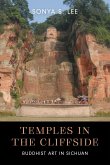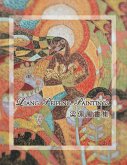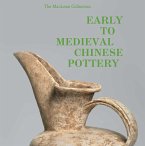The funerary shrine of the Confucian scholar Wu Liang, created in AD 151, is the most important surviving pre-Buddhist monument in China. That is to say, it is the most important single work of visual art from the centuries that set the patterns of Chinese thought for almost two millennia. The importance of the shrine lies in the beauty of the stone reliefs on its walls and, especially, in the remarkably comprehensive iconography of its nearly one hundred scenes. They constitute, in effect, a coherent symbolic structure of the universe as the Han Chinese conceived it. This structure consists of three sections: the ceiling carvings present the Mandate of Heaven; the scenes on the two gables depict the paradise of the immortals; and the 44 stories related on the walls illustrate the history of mankind, starting with the creators of human culture and ending with a portrait of Wu Liang, who designed his own memorial. The author finds the shrine comparable, in the comprehensiveness and cultural significance of its iconography, to the cathedral at Chartres or the Sistine Chapel.
Hinweis: Dieser Artikel kann nur an eine deutsche Lieferadresse ausgeliefert werden.
Hinweis: Dieser Artikel kann nur an eine deutsche Lieferadresse ausgeliefert werden.


